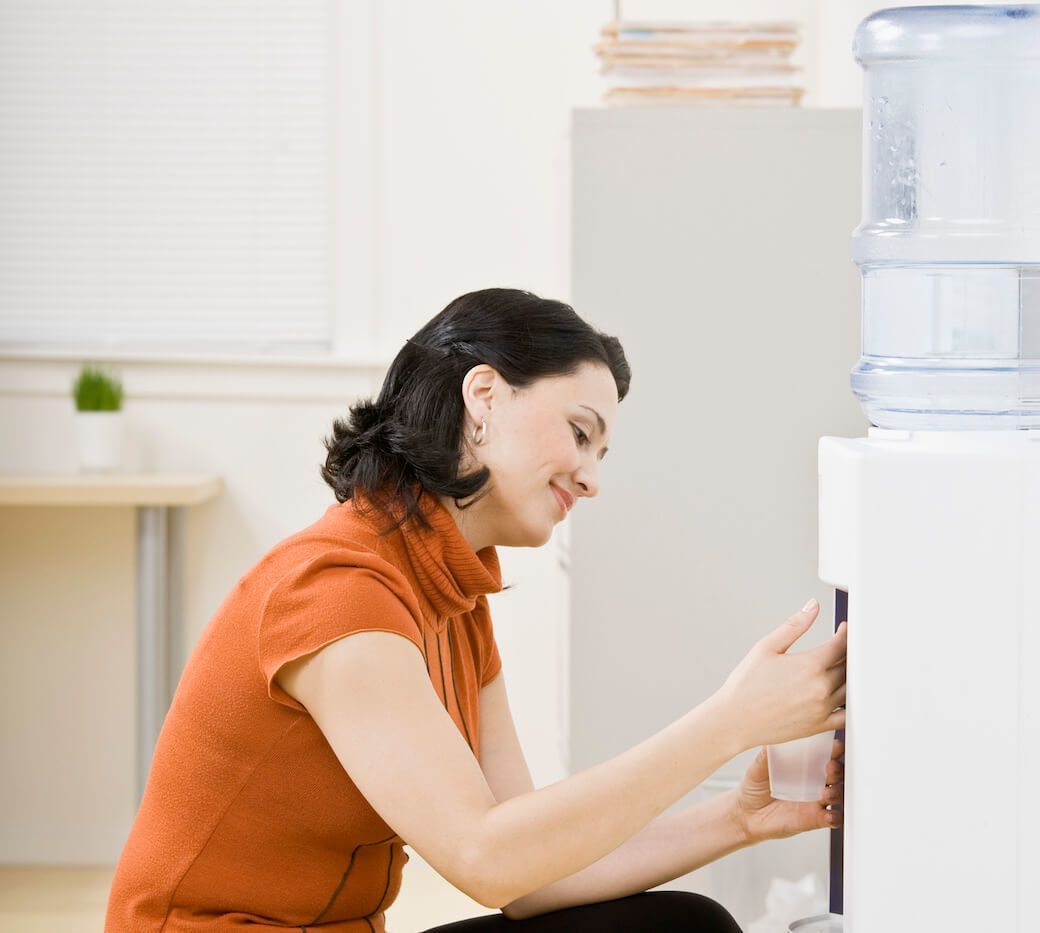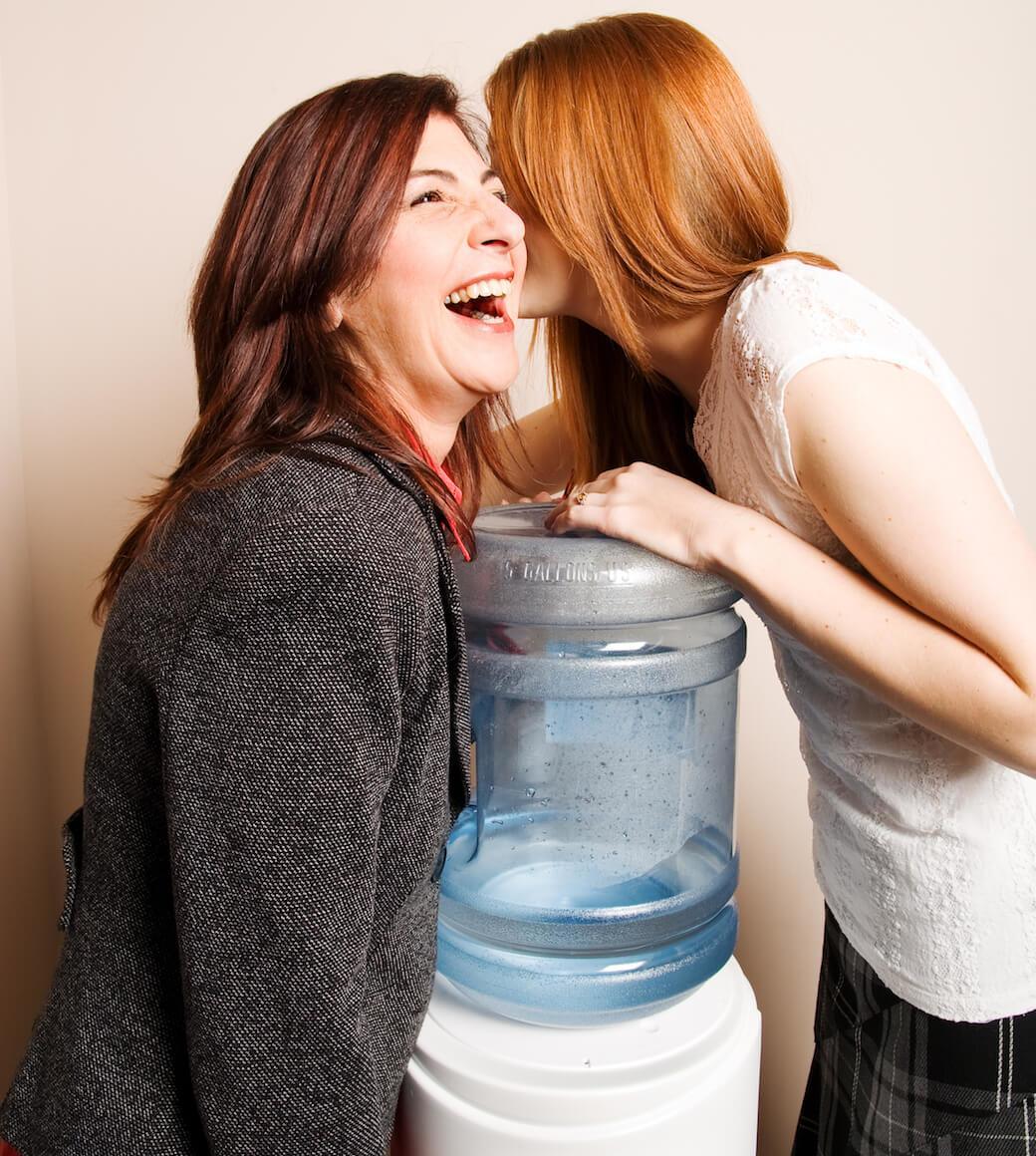
BUYING GUIDE FOR THE BEST WATER COOLERS
We all know that getting plenty of water is good for us, but it's easy to forget to drink regularly throughout the day. You might think of a water cooler as an item you’d see at your workplace or doctor’s office. The truth is, home-based water coolers are growing in popularity. It’s not uncommon for consumers to sip on water from a cooler they’ve stationed in their kitchen or garage.The main obstacle between you and your new water cooler is how to find the right one. But at BestReviews, we're here to help.
If you're ready to buy a water cooler, please check out our favorite products in the product list. If you’d like to learn more about water coolers and how to select the perfect model for your needs, please continue reading.

WATER COOLER TYPES
Point-of-use water coolers
Point-of-use water coolers plumb directly into your home’s water supply. These coolers are sold as either wall-mounted or upright units.Pros:
- They're cheaper in the long run, as you don't have to pay for bottled water.
- Many point-of-use coolers include a built-in filtration system.
- Because the unit connects to your home’s water supply, you needn’t worry about running out of water.
- They generally need to be plumbed in by a professional, which adds to the cost.
- While the unit may filter the water, it still taps water rather than mineral or spring water.
- Because it’s attached to your water supply, the unit must stay put once installed.
A bottle sits upside down on top of the unit.
Pros:
- Some freestanding models have “extra” features (like a small refrigerator) at the bottom.
- Some people don't like the look of an appliance with a water bottle on top.
- Mounting the water bottle can be difficult, and it requires a fair amount of upper body strength.
Bottom-load water coolers
But in this case, it’s stored beneath the tap rather than atop the unit. The bottle is often tucked away behind a door in the bottom of the unit.Pros:
- Loading refill bottles is fairly easy, as the containers needn’t be lifted very high.
- This type of cooler can easily be moved around the house if you decide to rearrange things.
FREESTANDING VS. WALL-MOUNTED
The majority of water coolers are freestanding, upright units. However, some point-of-use varieties can be wall-mounted in the style of a water fountain.Although it’s a bit unusual to see a fountain-style cooler in a residence, there’s no reason why you shouldn’t get one if the idea appeals to you.
In fact, having this type of apparatus in your home could cut back on your dirty dishes, since you and your family wouldn't be using glasses for drinking water.


No comments:
Post a Comment